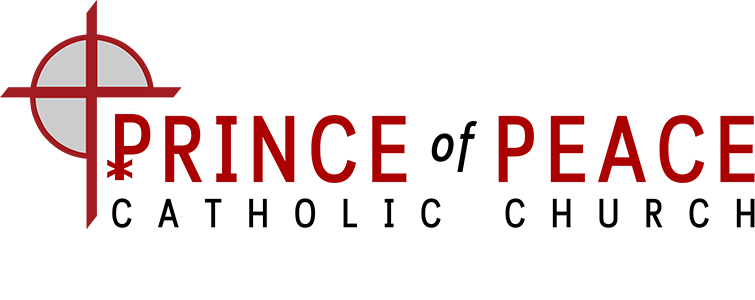Recently, I have received several questions regarding different aspects of receiving the Eucharist at Mass, from the communion fast, to posture, to the number of times allowed in a day. So let's get to it!
First off, what we often refer to as the communion fast. The Code of Canon Law (the law of the Catholic Church) canon 919 dictates that “one who is to receive the Most Holy Eucharist is to abstain from any food or drink, with the exception only of water and medicine, for at least the period of one hour before Holy Communion…Those who are advanced in age or who suffer from any infirmity, as well as those who take care of them, can receive the Most Holy Eucharist even if they have taken something during the previous hour.”
The law makes it fairly clear that we are not to consume anything other than water or medicine before receiving the Eucharist. Notice it is not the beginning of Mass (which is a great practice) but before receiving the Eucharist. The evaluation of gum is interesting: chewing the gum itself would not break the fast, but swallowing the juices and flavors would.
The posture of receiving the Eucharist is a debated topic in some places. The best thing to do is to follow what the Church tells us, not to impose our own personal preference on others. The USCCB (the United States Catholic Conference of Bishops) states that in the United States, “the body of Bishops has determined that ‘[t]he norm... is that Holy Communion is to be received standing, unless an individual member of the faithful wishes to receive Communion while kneeling’ and that a bow is the act of reverence made by those receiving (no. 160). This norm is supported by an Instruction by the Holy See regarding the Eucharist: "In distributing Holy Communion it is to be remembered that 'sacred ministers may not deny the sacraments to those who seek them in a reasonable manner, are rightly disposed, and are not prohibited by law from receiving them' (Code of Canon Law, can. 843 § 1; cf. can. 915). Hence any baptized Catholic who is not prevented by law must be admitted to Holy Communion. Therefore, it is not licit to deny Holy Communion to any of Christ's faithful solely on the grounds, for example, that the person wishes to receive the Eucharist kneeling or standing (Redemptionis Sacramentum, no. 91).”
In summary, the norm in the United States is to receive communion standing and in the hand, yet the universal norm for the Church is to receive communion while kneeling on the tongue. This means that it is allowable to receive the Eucharist standing and in the hand, standing on the tongue, kneeling in the hand, or kneeling on the tongue. All of these are valid options, one is not better than the other! It comes down to each individual person and the way they desire to receive the Eucharist. We cannot deny anyone the ability to receive the Eucharist as long as they receive it in one of these four ways.
Last, but not least, the amount of times we can receive the Eucharist. The Church permits those, who are in a state of grace, to receive the Eucharist twice in one day. The norm should be once and the second be when it is necessary. We cannot “multiply” our communions. Receiving the Eucharist more than once does not give us more grace. The Church also stipulates the reasons we would receive the Eucharist twice as it states that we may receive more than once “when necessary.” An example of this would be that you attended a wedding on a Saturday afternoon and then went to Mass that night for your Sunday obligation, thus twice in one day. In this situation you would be able to receive the Eucharist twice. There is no need to go to Mass twice every day or all 3 morning Masses on a Sunday. Attending Mass is not a hobby, but rather a prayer that we enter into. If we do attend a second Mass that day, and it’s not akin to the example above, there is not a necessity to receive the Eucharist a second time. We should ordinarily receive the Eucharist once per day.
Peace,
Fr. Andrew
